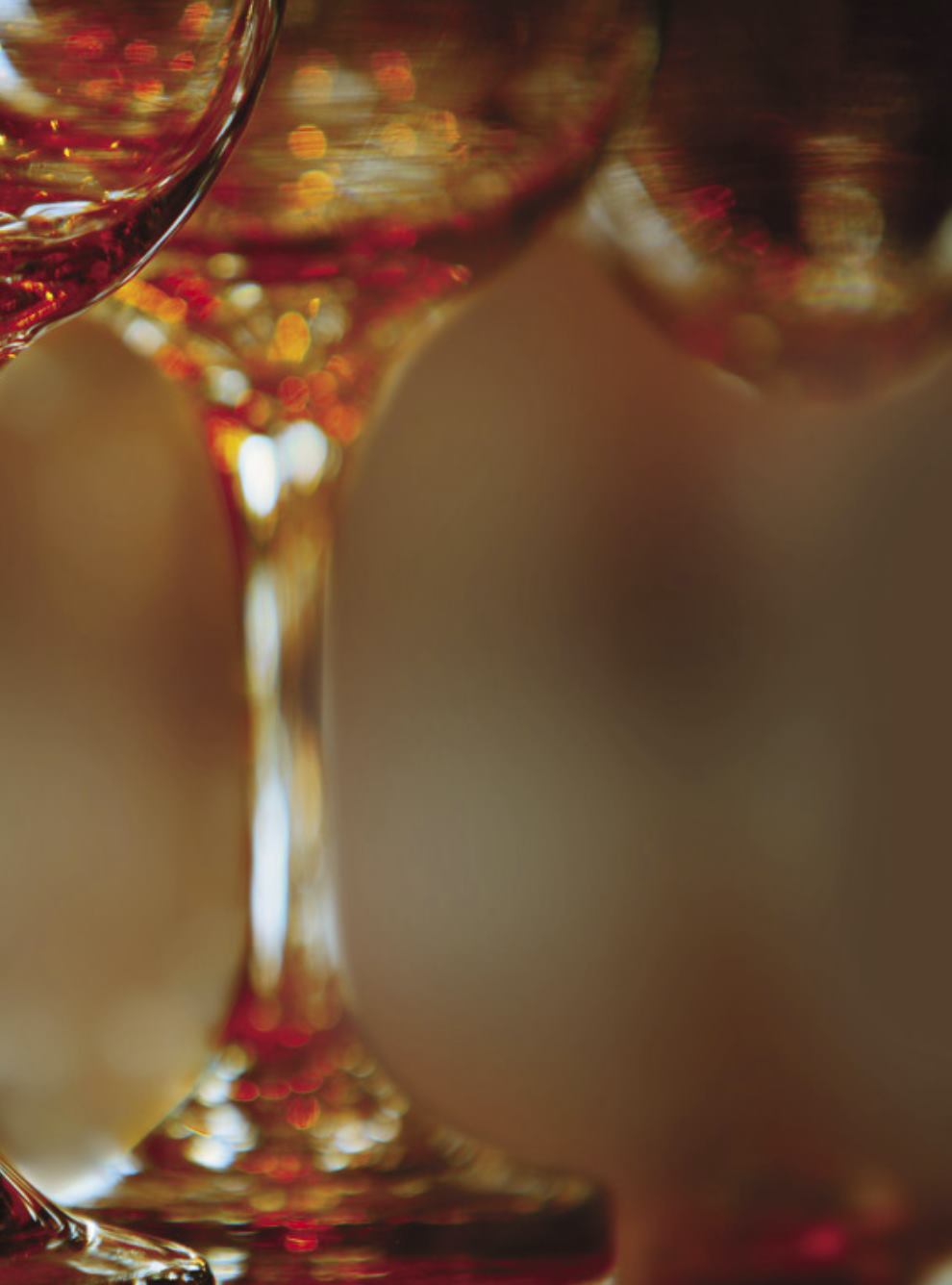
Since ancient times in the history of civilization grapes and wines project their
lights and their importance within the context of peoples and empires. Archeological
remains in different locations in the world confirm the constant presence of this nectar
as a source of energy, happiness and pleasure. The artworks, in their different manifesta-
tions, registered the delights that the fruits and their fermented drinks imparted to those
who consumed them. Some millennia later, what has remained unaltered is the feeling of
how grapes and wines, and other fermented drinks, are vital to human beings.
For lots of nations the vineyards are their biggest assets, an incalculable source of
wealth. Brazil, although being one of the most recent regions on the global vitivinicul-
ture map, has already demonstrated several times that the Country does not want to be
just one more player. In particular, the South of the Country, where latitudes and cli-
mates, marked by a severe winter, favor the cultivation of a great variety of grapes, has
achieved a degree of great excellence in fine wines. More than wines, whose quality and
specific characteristics are overwhelmingly emphasized and acknowledged, sparklings
have now become famous throughout the world, conquering medals and praises.
And there are lots of reasons for these medals and praises, highlighted in the Bra-
zilian Grape Yearbook 2016. Before anything else, there is a natural vocation explored
and highlighted in several regions settled by Italian immigrants in South Brazil, in the
so-called Sierra Gaucha, in Rio Grande do Sul. On the grounds of investments made by
these pioneers and by new partners, either national or from abroad, the vineyards mi-
grated to new areas across the State, and even to the neighboring state of Santa Cata-
rina, now reaping its first rewards of success from vitiviniculture. If fine wines adapt-
ed naturally to Brazilian soil, it was not different with American grapes, now giving
origin to common wines, greatly popular throughout the Country.
Furthermore, besides the varieties destined for industrialization, table grapes,
consumed fresh, generate jobs and income in several states, especially in São Pau-
lo and Vale do São Francisco, at the borders of Bahia and Pernambuco. In its
ample complexity, the grape supply chain, with its highly appreciated prod-
ucts – wine, sparkling and juice – turns Brazil into a nicer and healthier
country. May the crops and businesses invite us to raise a toast to
the farmers, entrepreneurs and consumers. Cheers!
Cheers!
Sílvio Ávila
5


